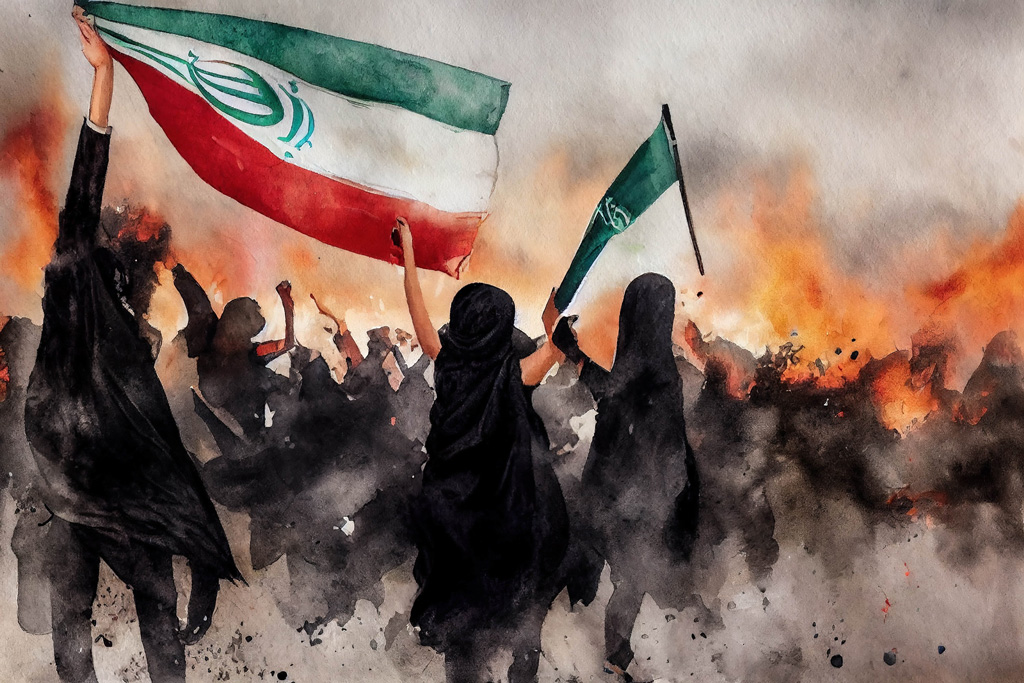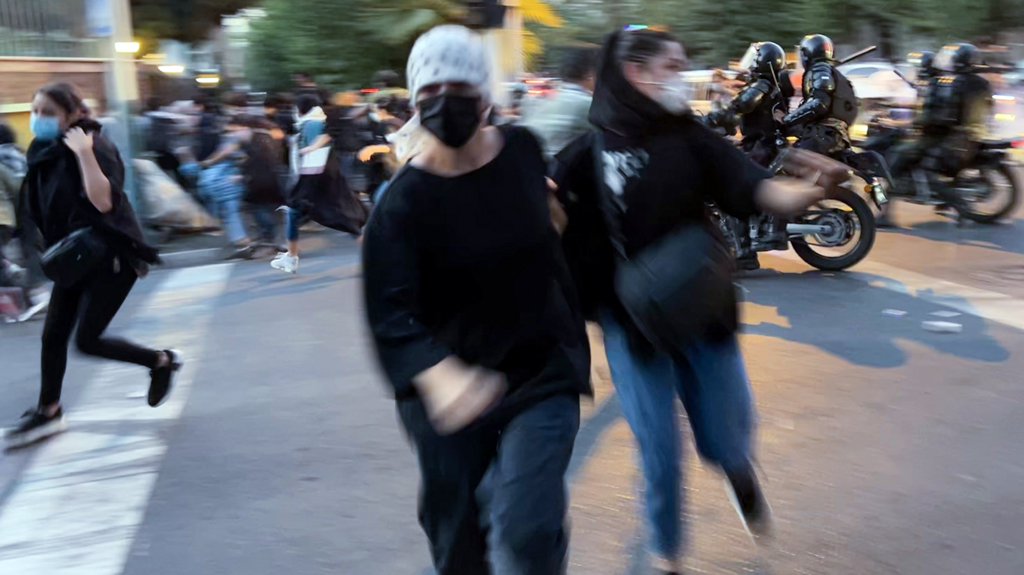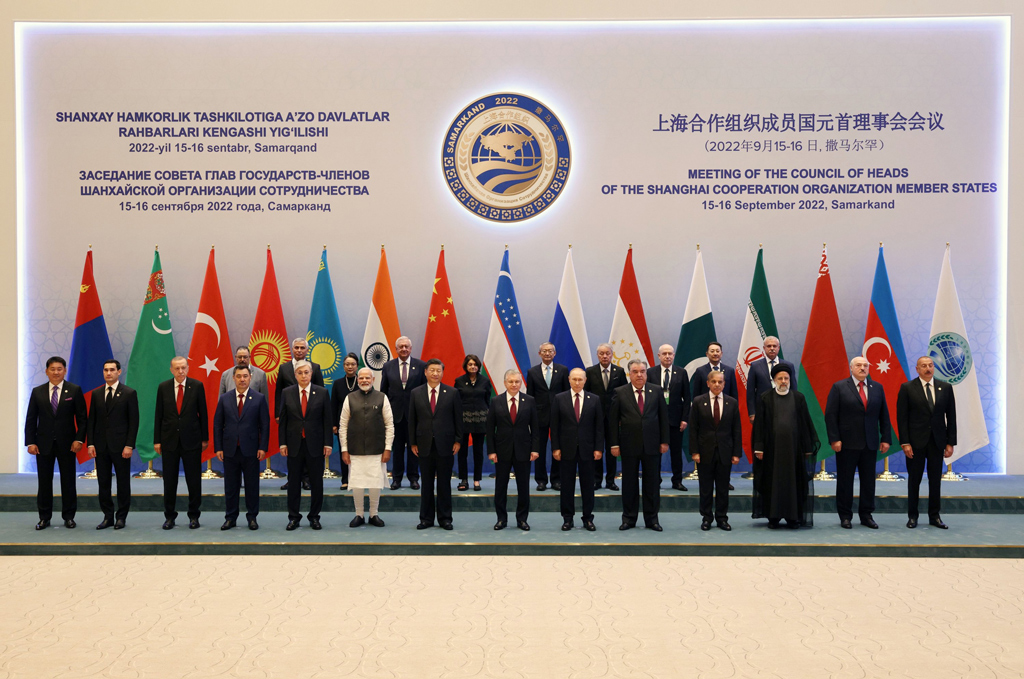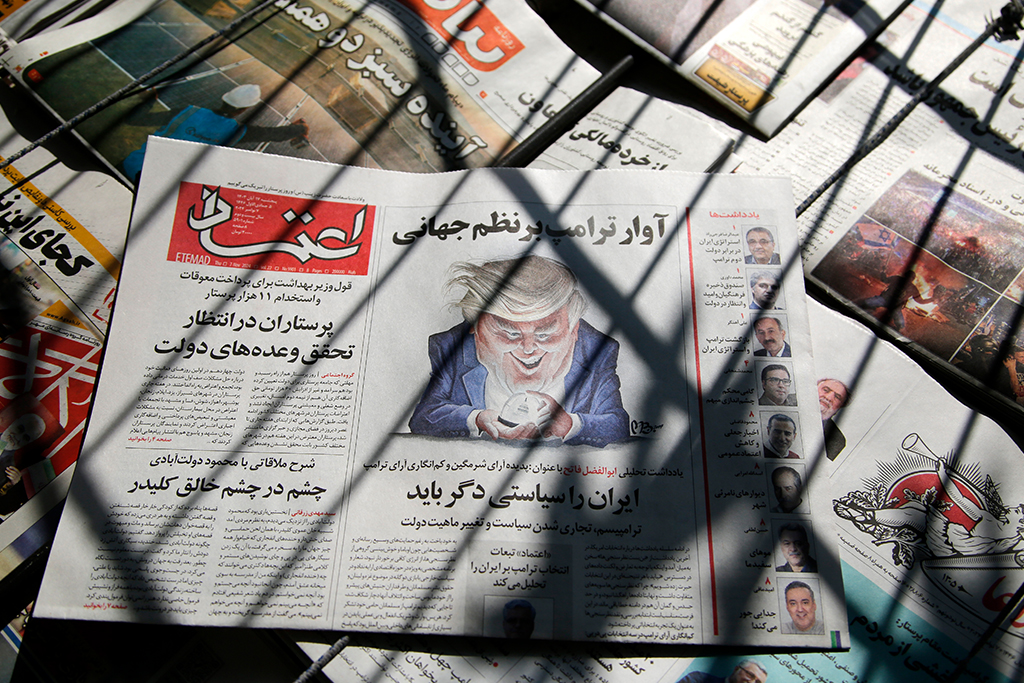[Daily Sabah, 18 April 2020]

Why is there a debate about WHO today?
The coronavirus caught a great majority of people off guard with its speed of dissemination and its ratio of killing people around the world. Warnings of many experts and intelligence about the emergence of such nontraditional threats to international security were not taken seriously.
Share
The coronavirus caught a great majority of people off guard with its speed of dissemination and its ratio of killing people around the world. Warnings of many experts and intelligence about the emergence of such nontraditional threats to international security were not taken seriously. They were regarded as secondary issues beyond the “primary” threats facing international security. In most instances, those who raised these forms of nontraditional issues were considered ultra-alarmist. In the initial stages of the spread of coronavirus news in different networks – other than health experts and those who focused on Asia – not many people paid attention to this new outbreak. Only a few observant people who had followed the SARS crisis more than a decade ago pointed out the potential risks of this outbreak. Accordingly, this outbreak could be worse than any other experienced by mankind. Given the rapid spread of the virus, it might be less deadly but is definitely more easily transmissible.
Many around the world, including governments, companies and individuals, waited for the statements from the World Health Organization (WHO) and its diagnosis about what is going on in China. It was considered the most credible source of information for epidemics around the world. In the first weeks of January, the statements and tweets from the organization were considered mostly relieving. The organization seemed to be quick to react to the outbreak, and its statements gave the impression that it is actually on top of this crisis. Many were expecting the flu-like illness to reach its peak by winter's end.
One of the earliest travel advisories of the organization was released on Jan. 10. In the statement, the main symptoms of the disease were stated as fever and difficulty breathing. It caused pneumonia among the infected. According to the statement, the preliminary investigation of patients revealed that there was no human-to-human transmission. More significantly, it was stated that “no infections among health care workers have occurred.” The statement asked the travelers to “practice usual precautions" and rightfully raised the issue of the potential risk of spreading of the coronavirus due to the heavy travel traffic during the Chinese New Year. However, it did not recommend any specific health measures for travelers and advised “against the application of any travel or trade restrictions on China based on the information currently available on this event.” It was regarded as reassurance by many to continue their travel plans as is during the month of January.
Later, on Jan. 14, the WHO tweeted similar findings on social media. In this tweet, it was written that: “Preliminary investigations conducted by the Chinese authorities have found no clear evidence of human-to-human transmission of the novel #coronavirus (2019-nCoV) identified in #Wuhan, China.” Yet another reassurance to not to worry about it unless one had contact with a wild animal market. While the statements of the WHO were responding to the concerns of a potential pandemic, the numbers were increasing in China, and new cases started to be seen in different countries. Once again, the international community turned to the WHO to learn if this disease could be considered a global emergency. However, the WHO made a statement again, refraining from calling the outbreak a public health emergency of international concern. Its head, Dr. Tedros Adhanom Ghebreyesus, stated, “Today there was an excellent discussion, but it was also clear that to proceed we need more information.” A week after this statement, on Jan. 30, finally, the WHO declared the coronavirus outbreak a public health emergency of international concern. This time, it also stated that the virus is in fact contagious. Nevertheless, it continued to reaffirm that there is no need to impose travel restrictions at this point.
Most of the analysts today argue that the month of February was the most critical period for the spread of the coronavirus. This month saw one of the most controversial statements from the WHO when Terros reiterated his call to all countries not to impose travel restrictions. According to him, it was unnecessary and would interfere with international travel and trade. He said, “Such restrictions can have the effect of increasing fear and stigma with little public health benefit.” In the absence of any major precautions, life went on while the coronavirus spread to different countries and across continents. South Korea had a record number of cases during this period, and Italy and Iran had sudden surges in the number of people infected by this virus. However, a week after this statement, Terros' thoughts about not generating fear and stigma among the people underwent a transformation, and he started to compare the outbreak with terrorism. He said: "To be honest, a virus is more powerful in creating political, economic and social upheaval than any terrorist attack. A virus can have more powerful consequences than any terrorist action, and that's true.” He called on all governments to take the necessary steps to deal with the outbreak.
On Feb. 22, Terros became slightly more alarmist and said, “The increasing signs of transmission outside China show that the window of opportunity we have for containing this virus is narrowing.” Many now argue that the window of opportunity had already closed when he made the statement. By the end of February, there was pressure from media and some experts to call the outbreak a pandemic so countries could take the necessary actions. However, Terros and the WHO were more concerned about the “fear and stigma” it would create among the people. In a briefing on Feb. 26 with regard to calling the outbreak a pandemic, he stated: “Using the word 'pandemic' carelessly has no tangible benefit, but it does have a significant risk in terms of amplifying unnecessary and unjustified fear and stigma, and paralyzing systems. It may also signal that we can no longer contain the virus, which is not true. We are in a fight that can be won if we do the right things.” After this statement, it took another two weeks for the WHO to declare the outbreak a pandemic. Finally, on March 12, the organization finally called the coronavirus outbreak a pandemic.
Many people that had put their trust in the WHO were disappointed by the significant problems that arose due to the communication of the organization. Yes, the WHO may have its own structural challenges due to its mandate and way of functioning; however, it would be extremely unfair to expect the general public to know how the WHO received its information, and how they assessed this information. After all, the information they received about the outbreak was coming from the Twitter account of the WHO. Following this controversy and in the aftermath of the fight against the coronavirus, it is our right to question the organization and its statements, and it is the governments’ responsibility to reform this important organization in order to deal with future pandemics, epidemics and outbreaks more efficiently.
Tags »
Related Articles







